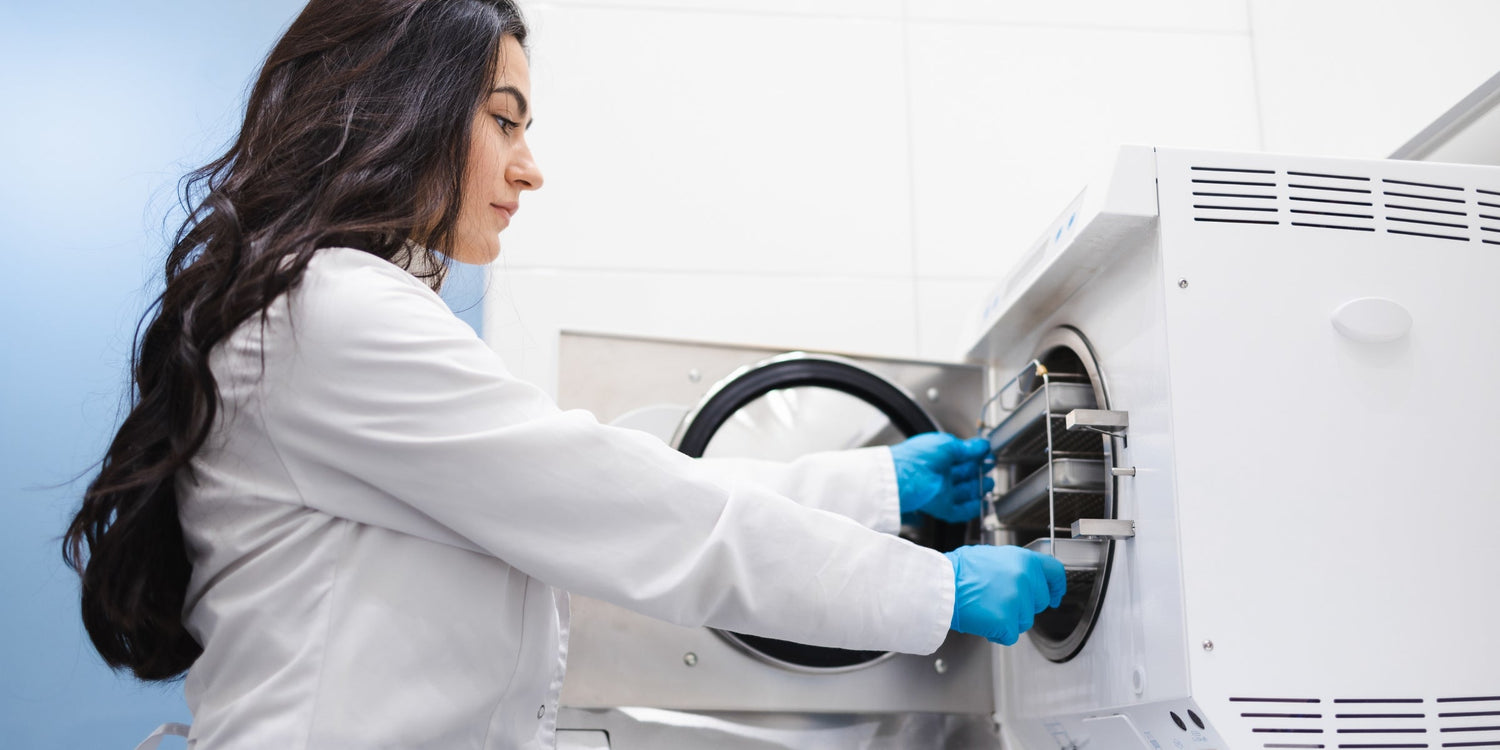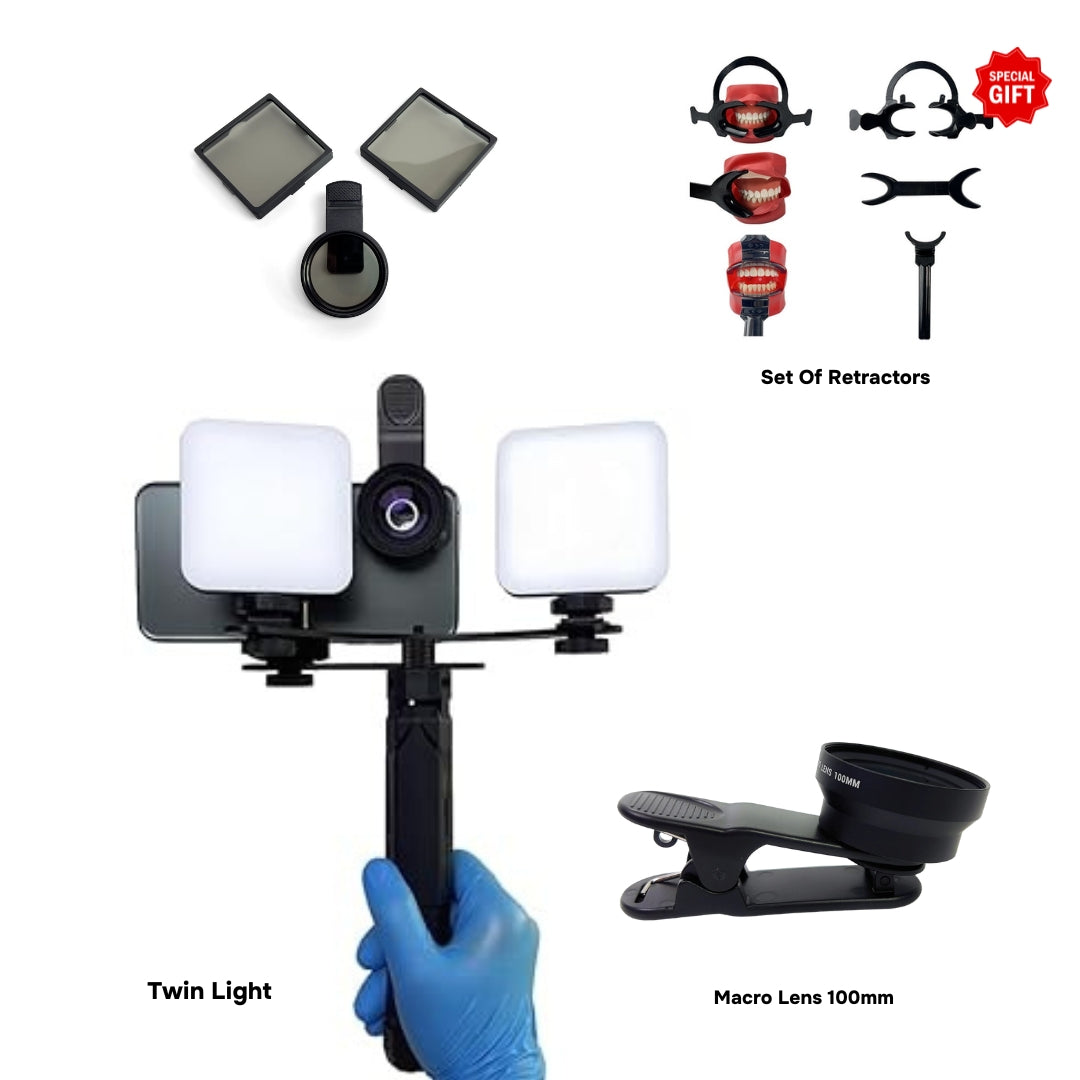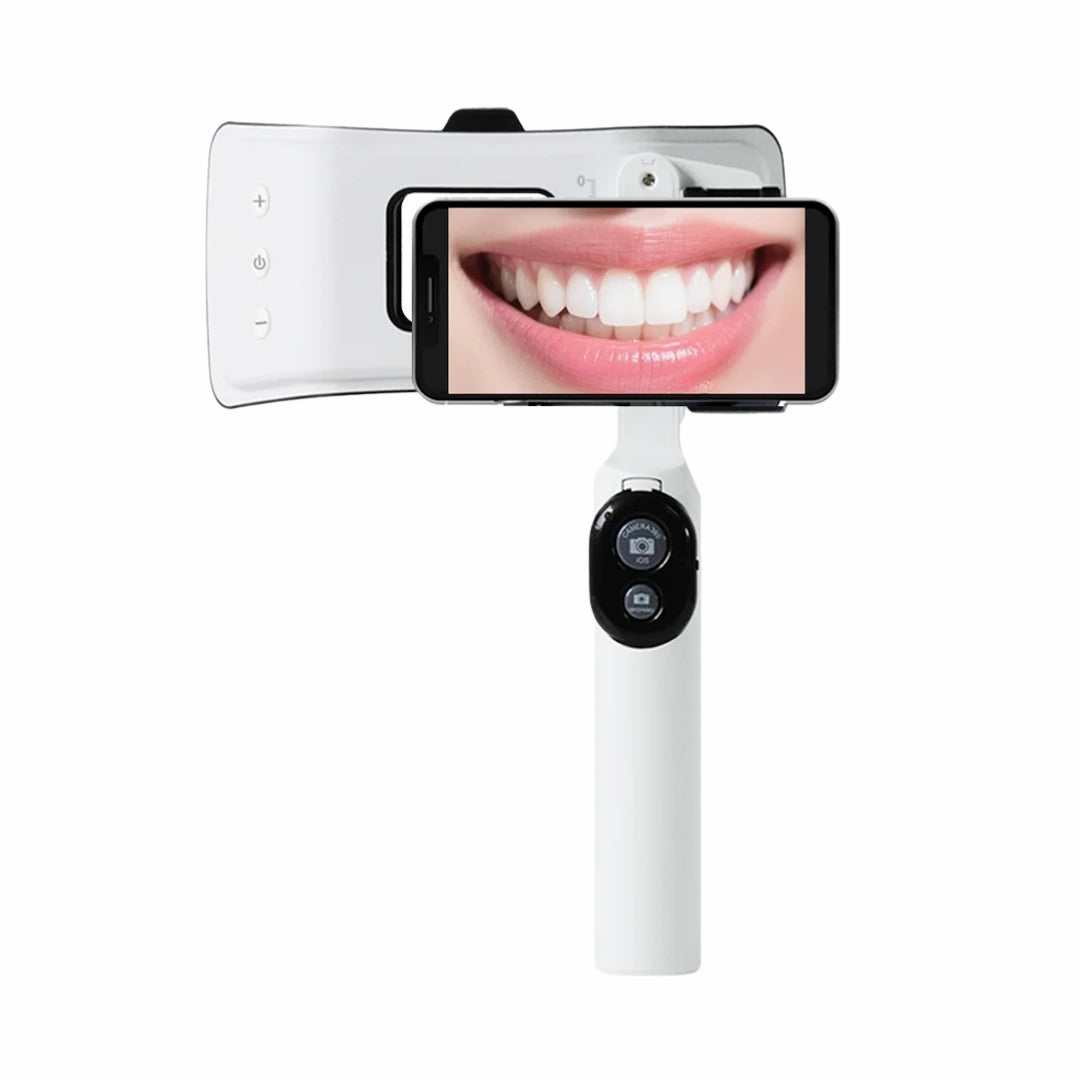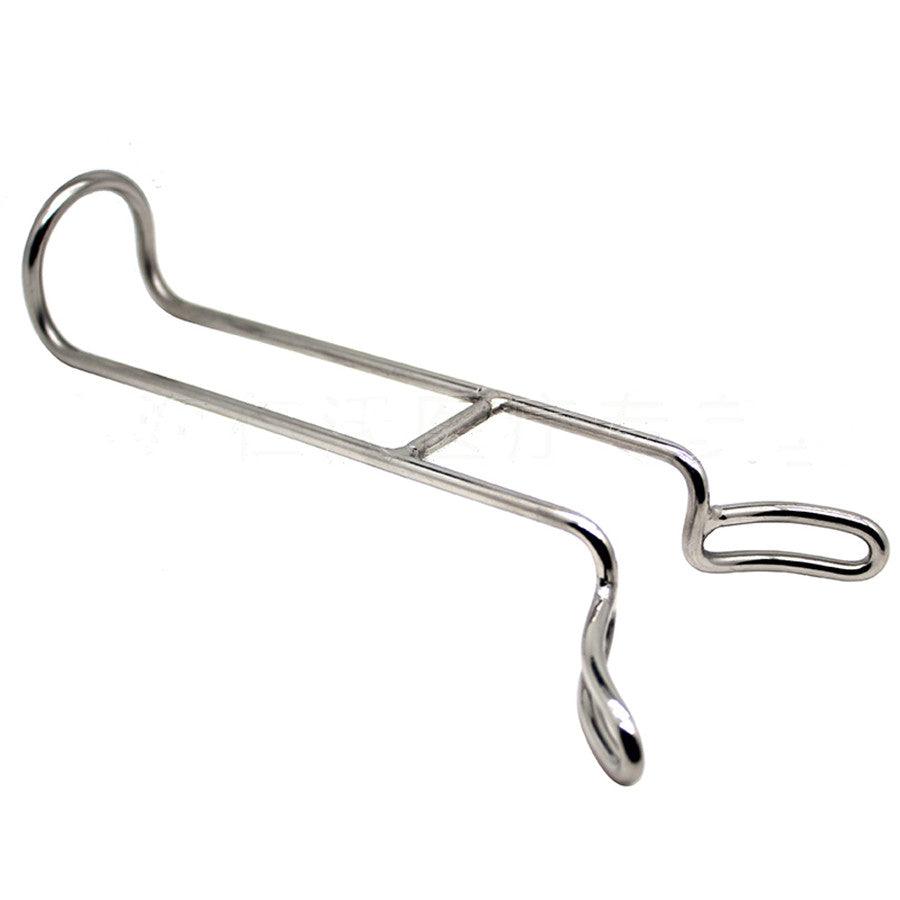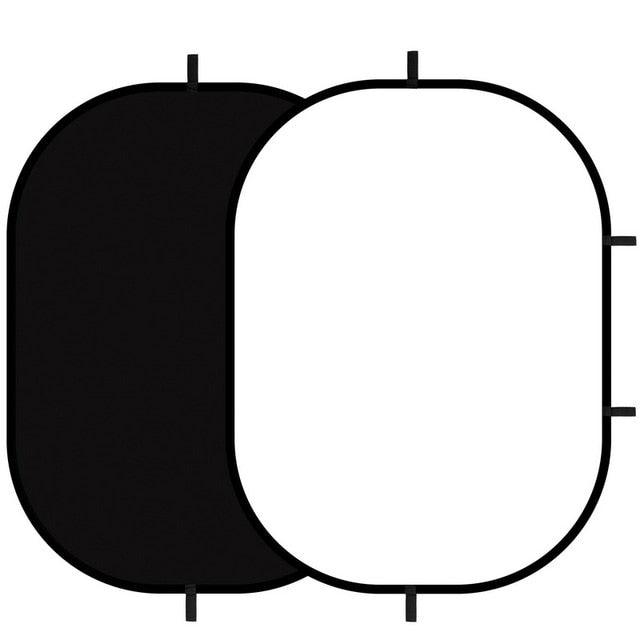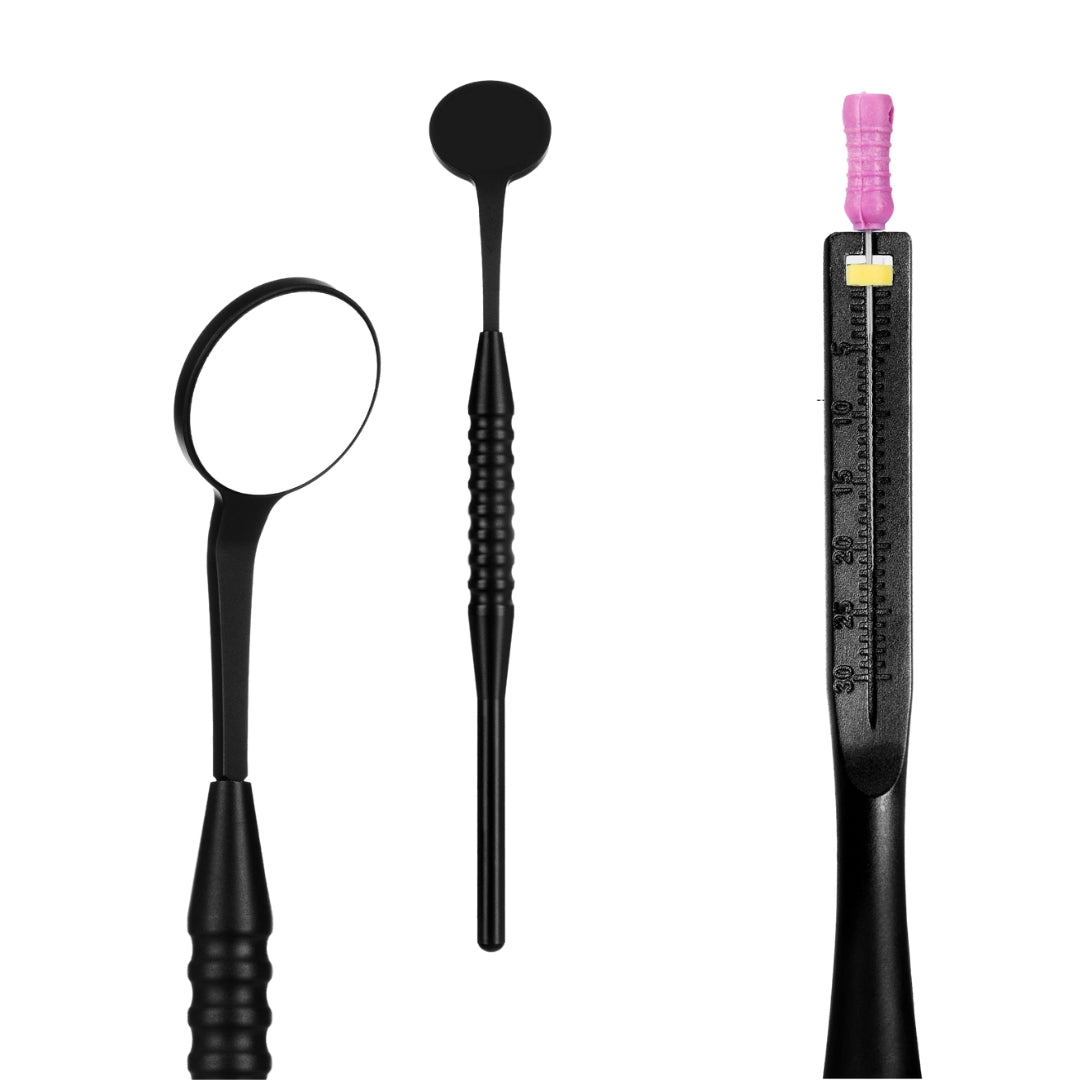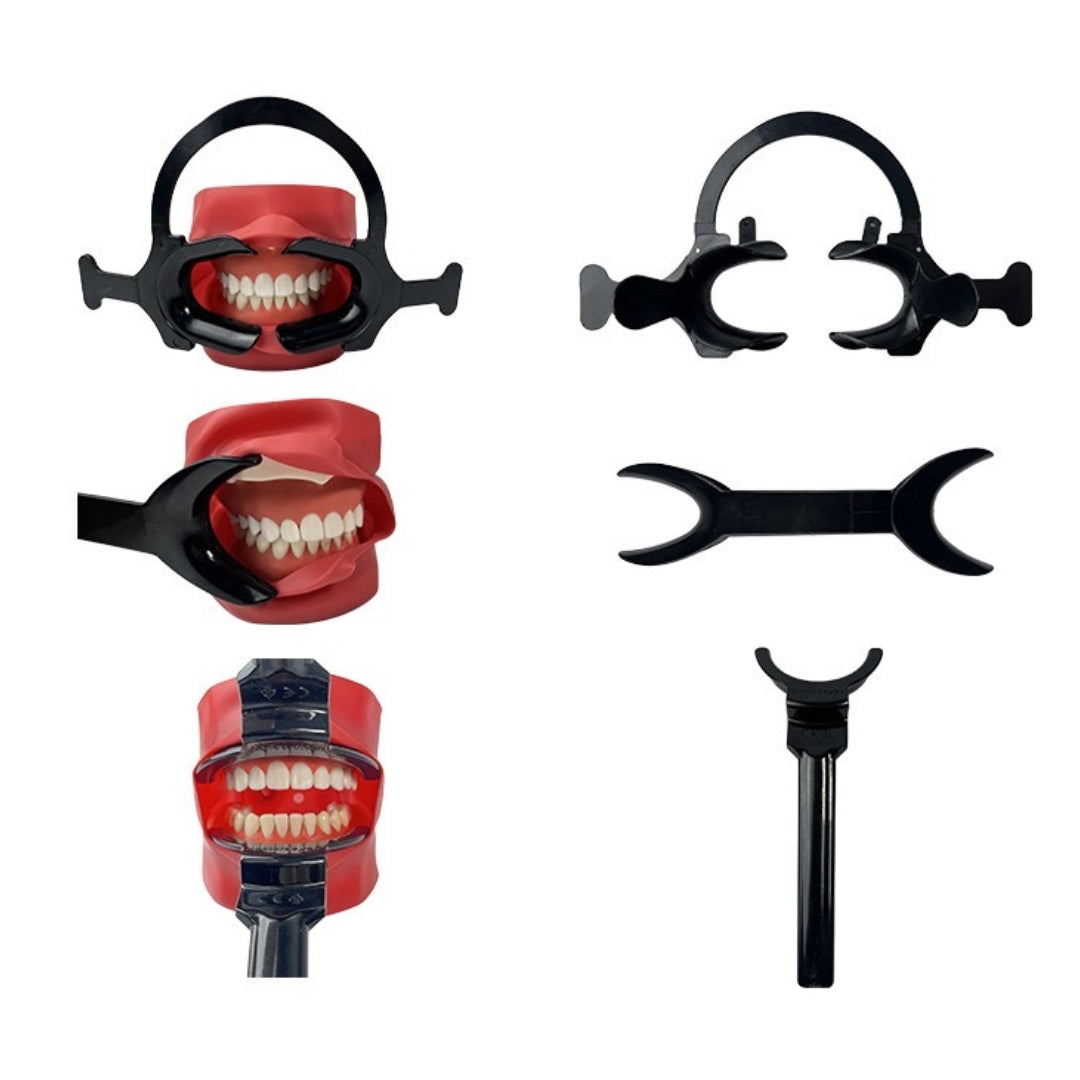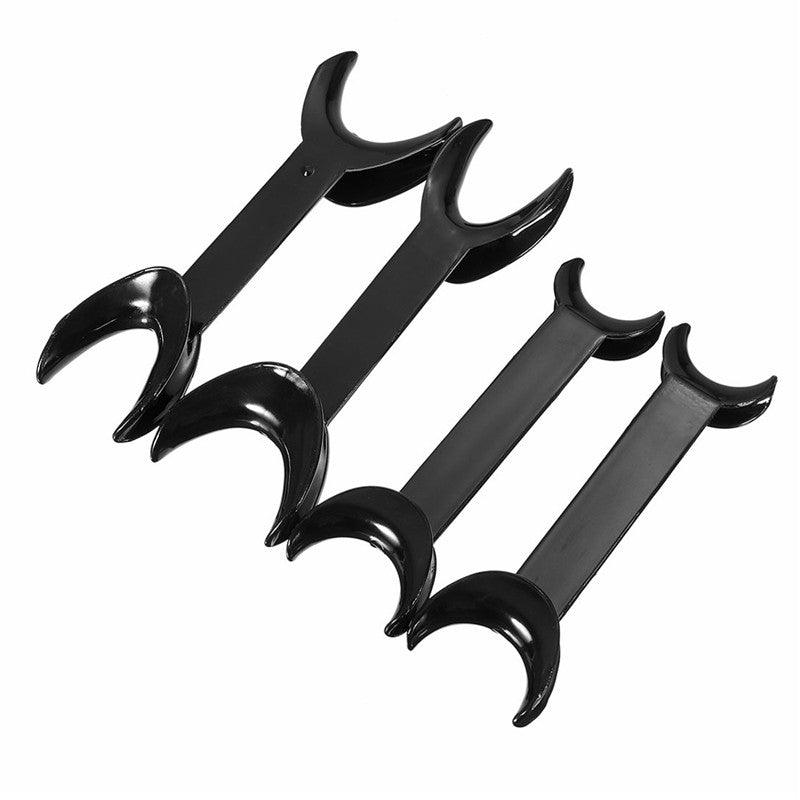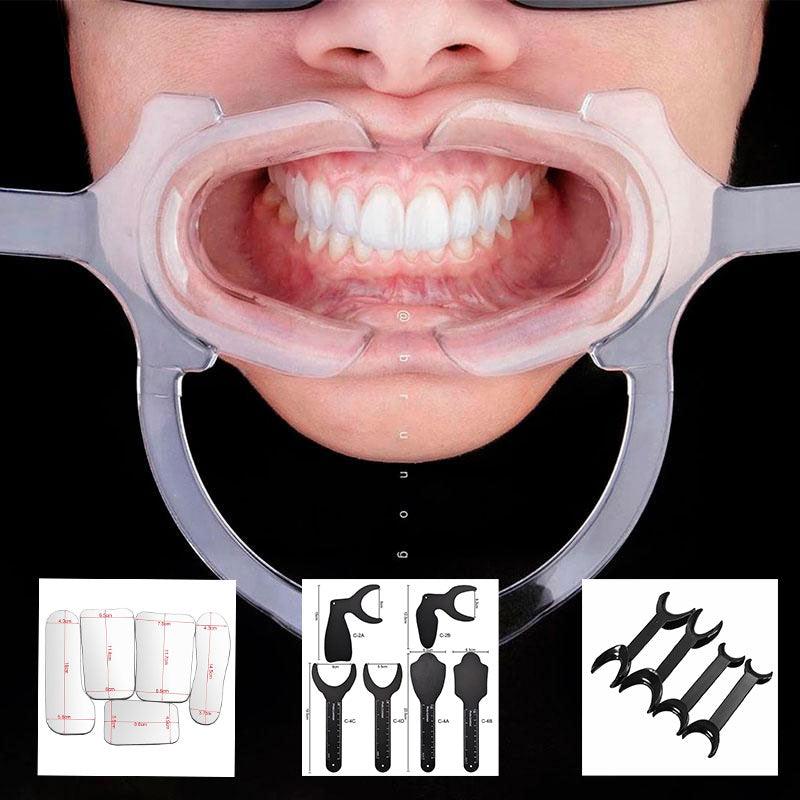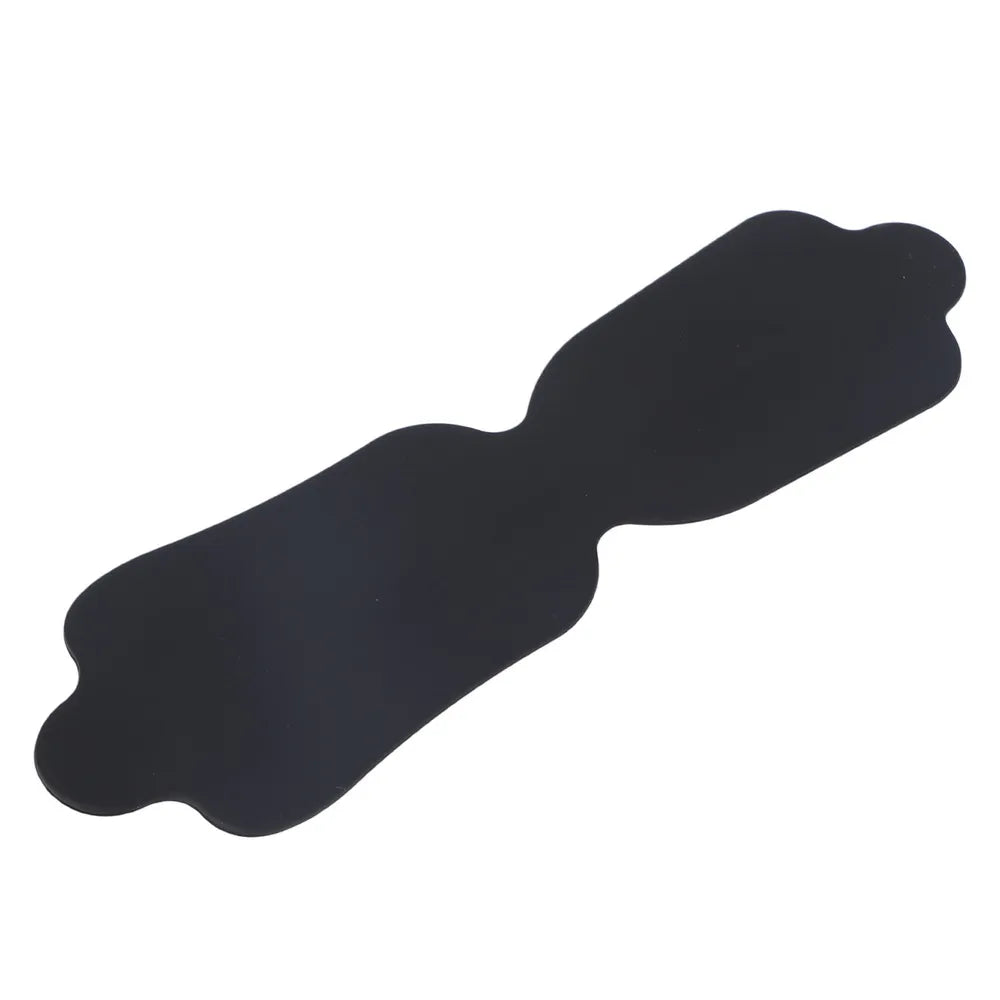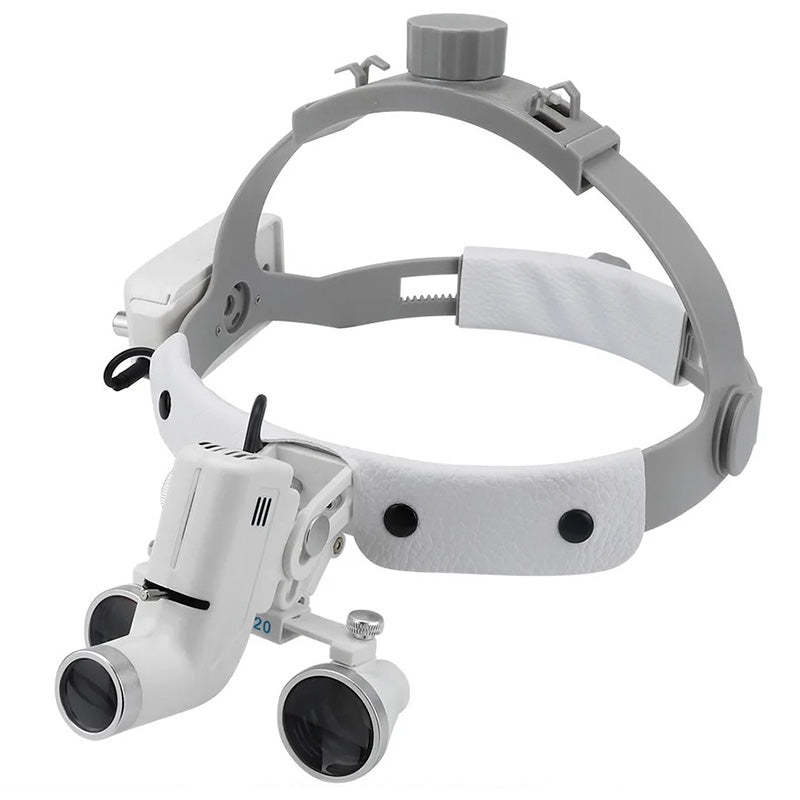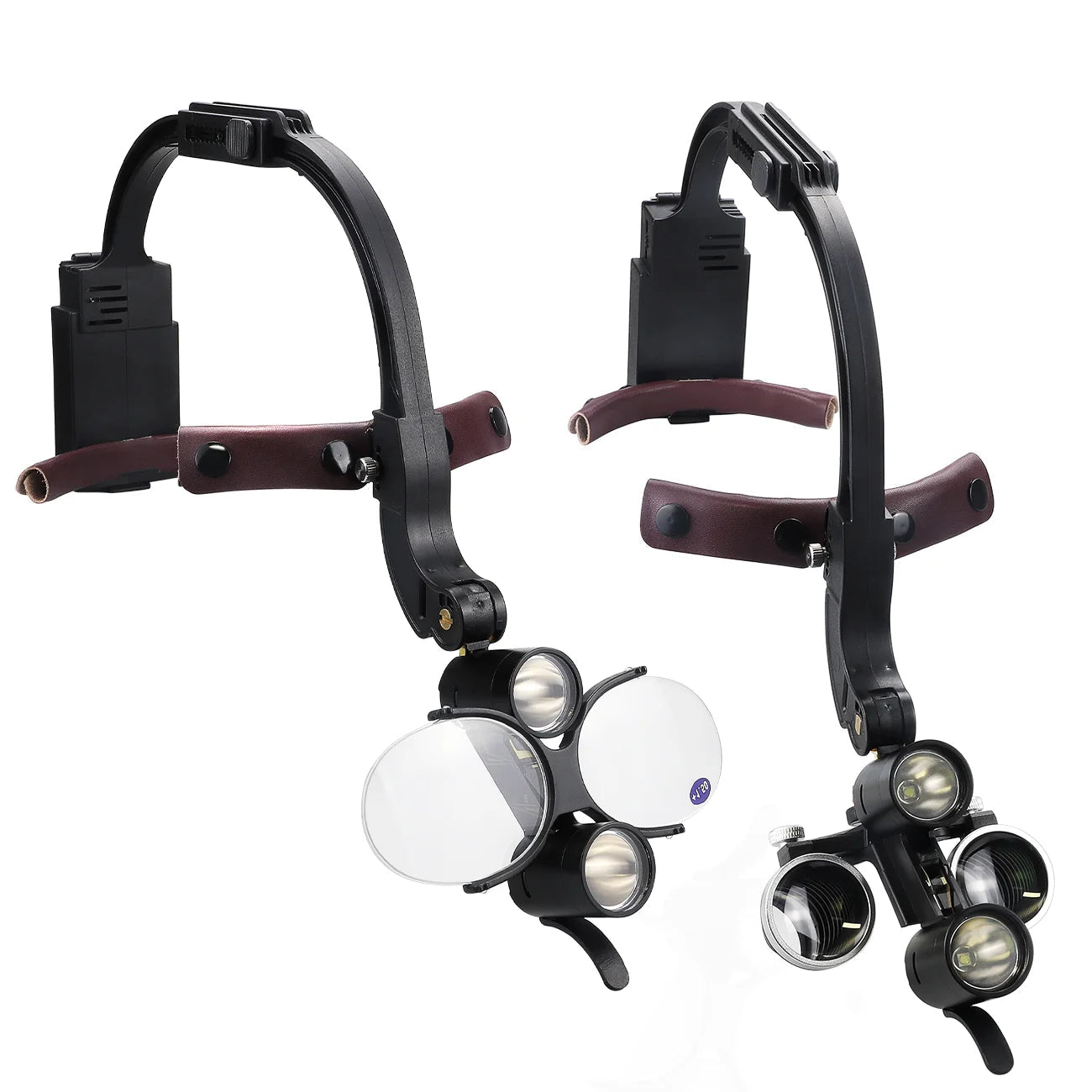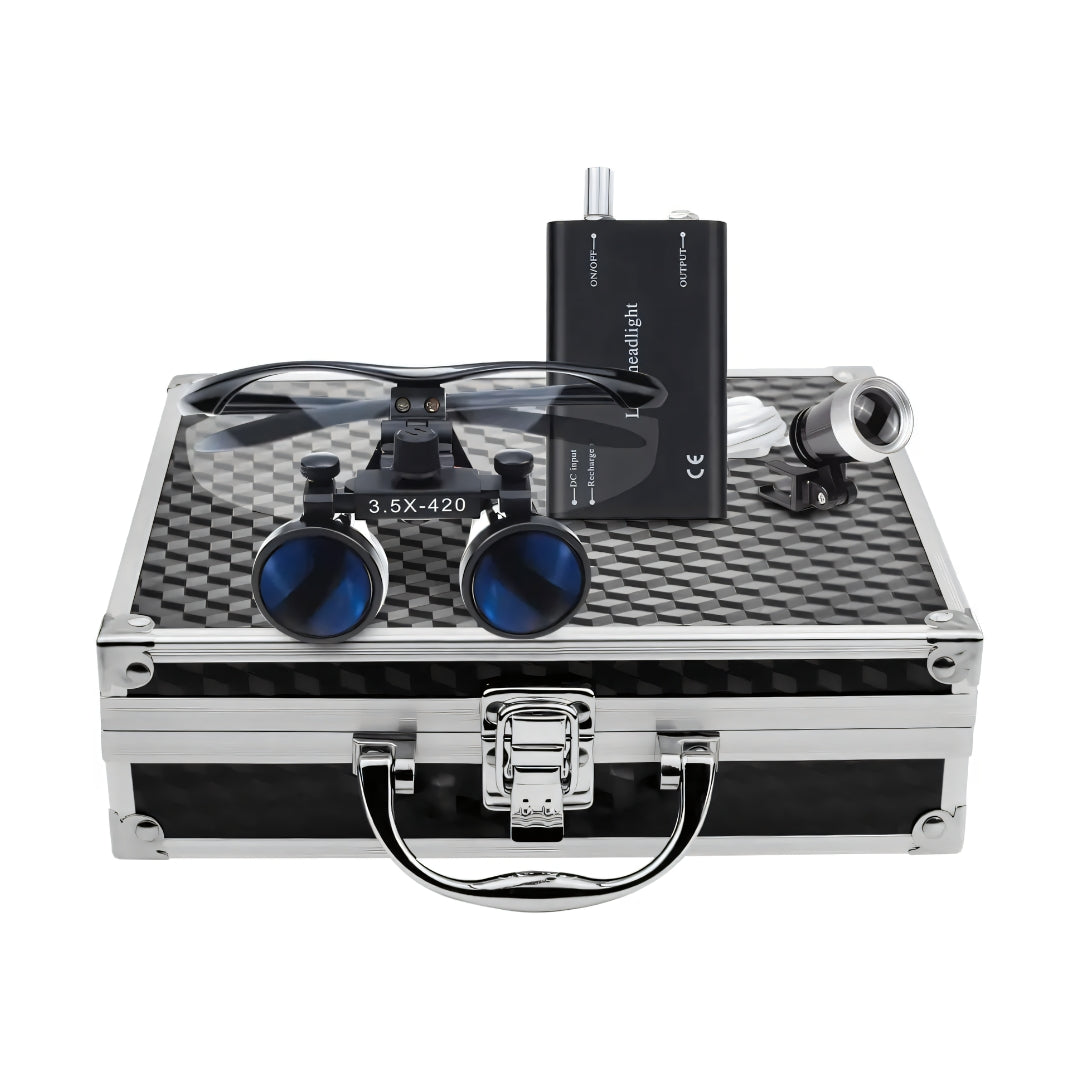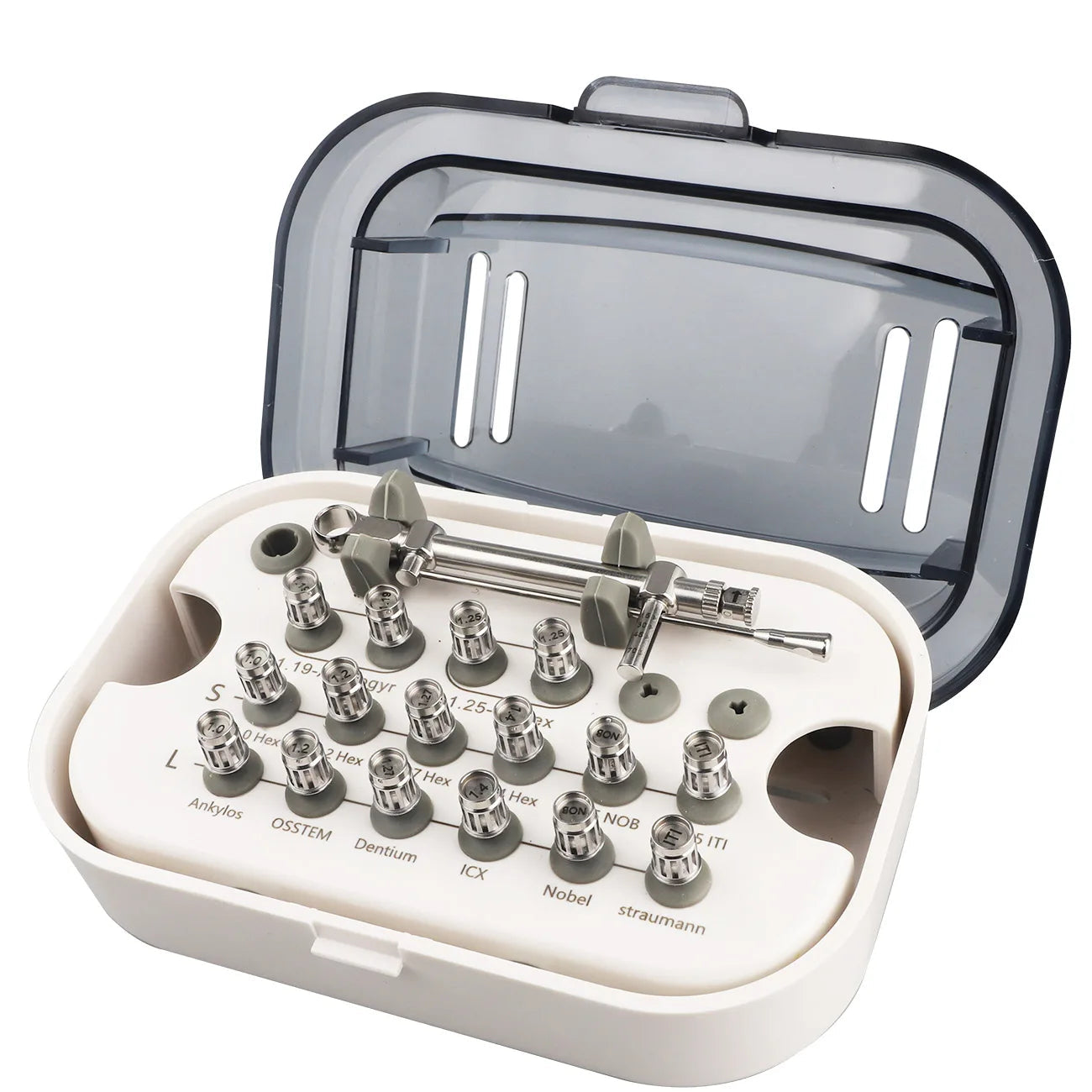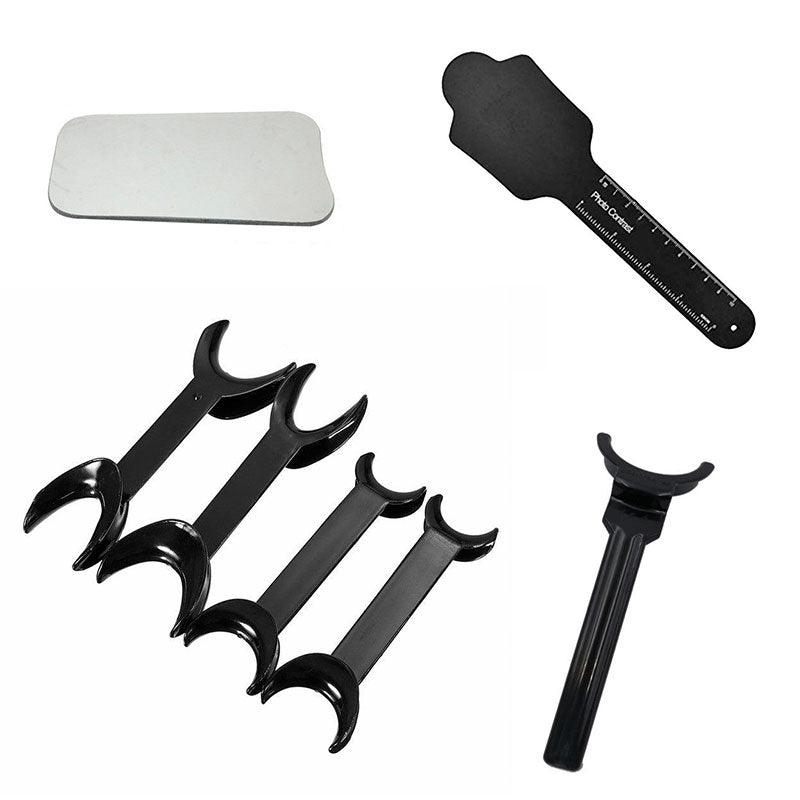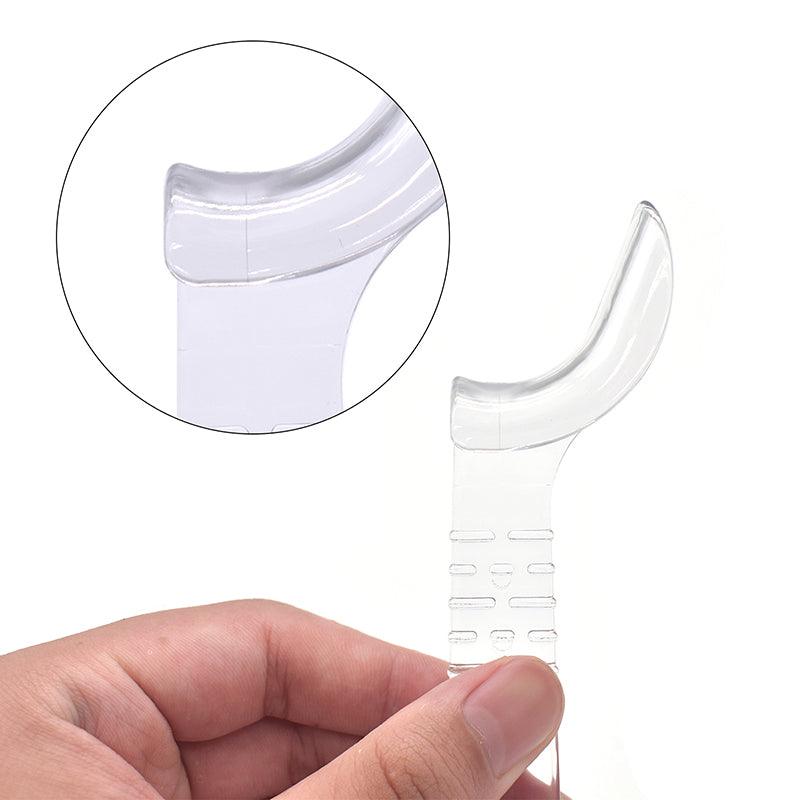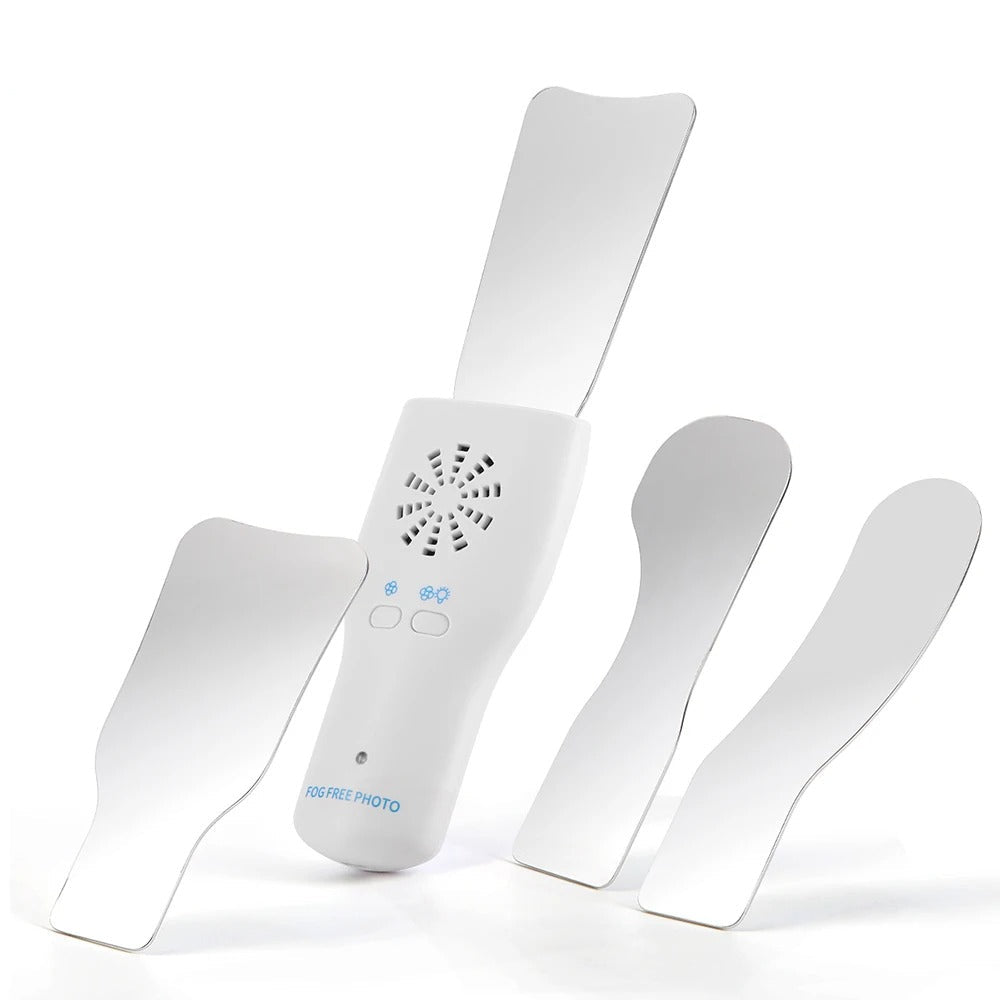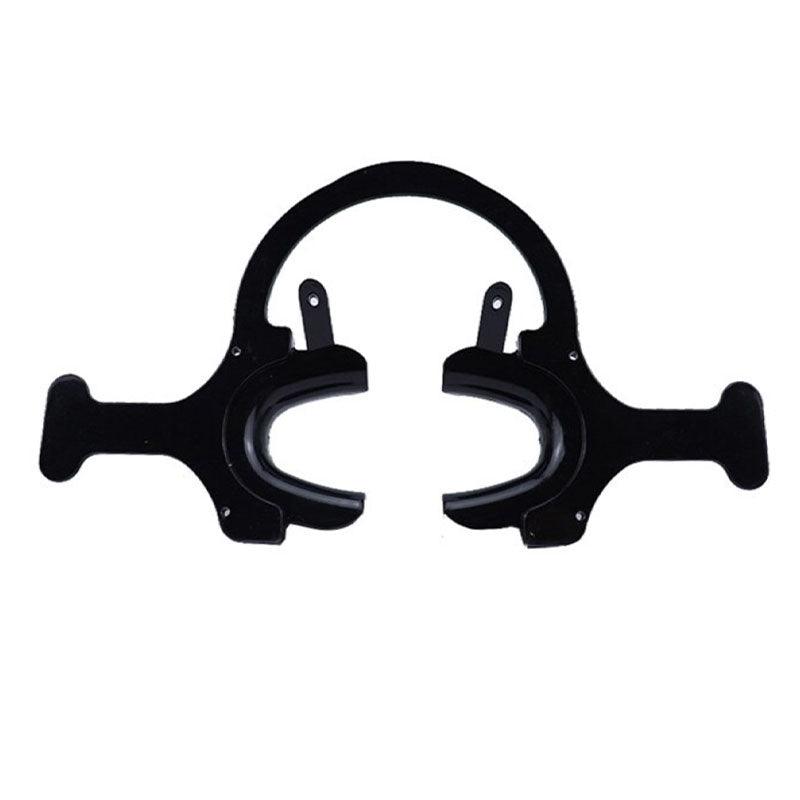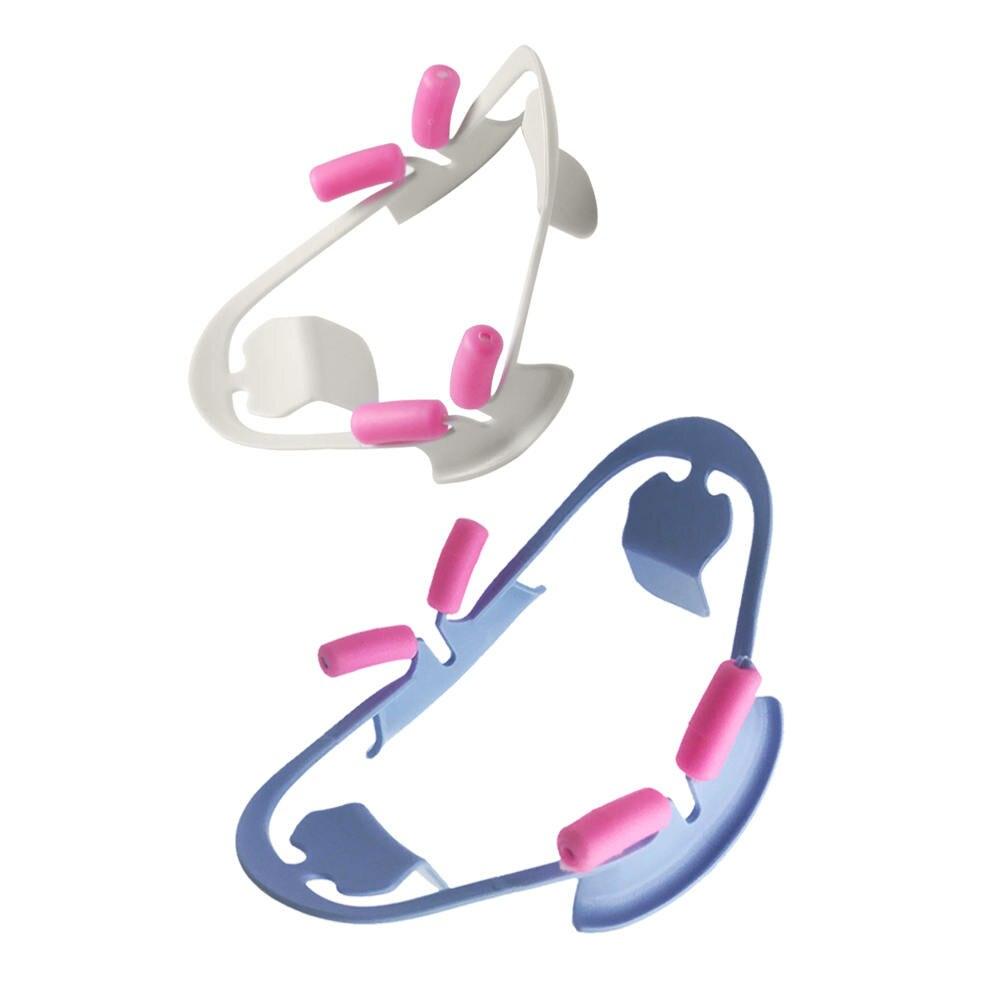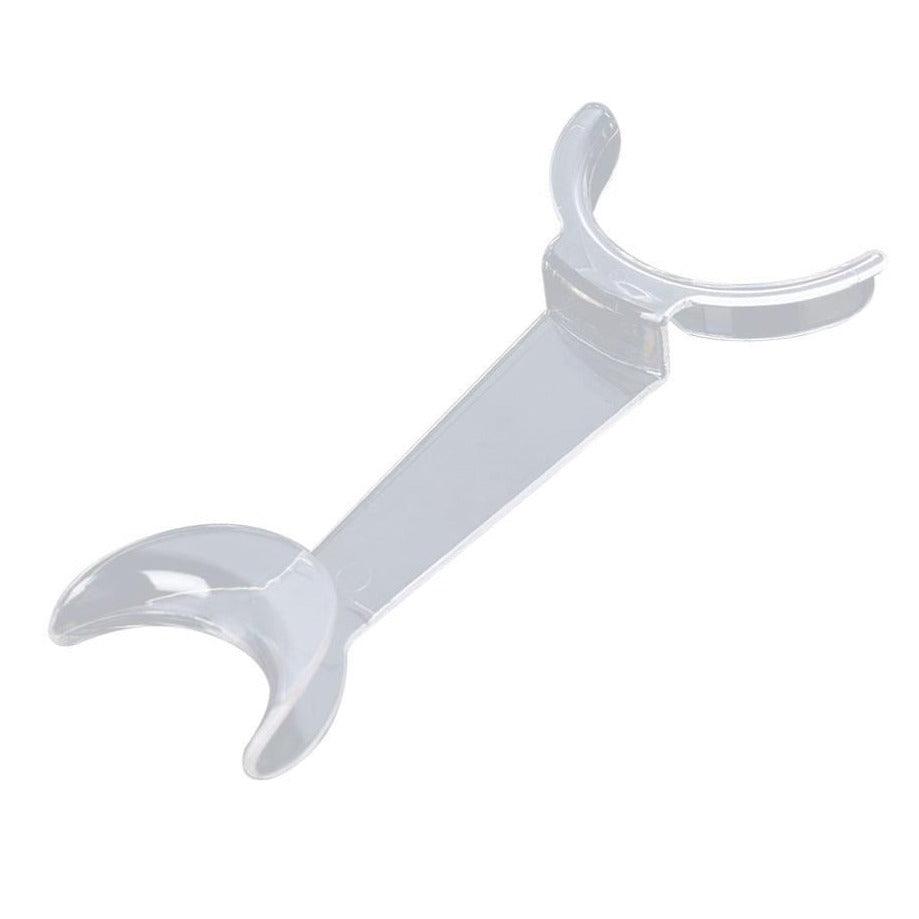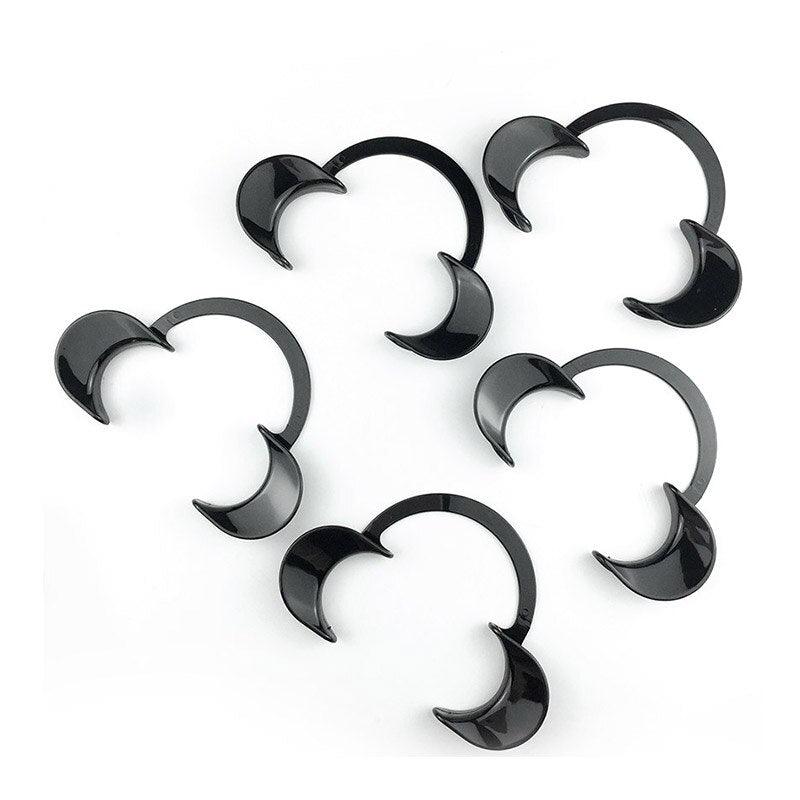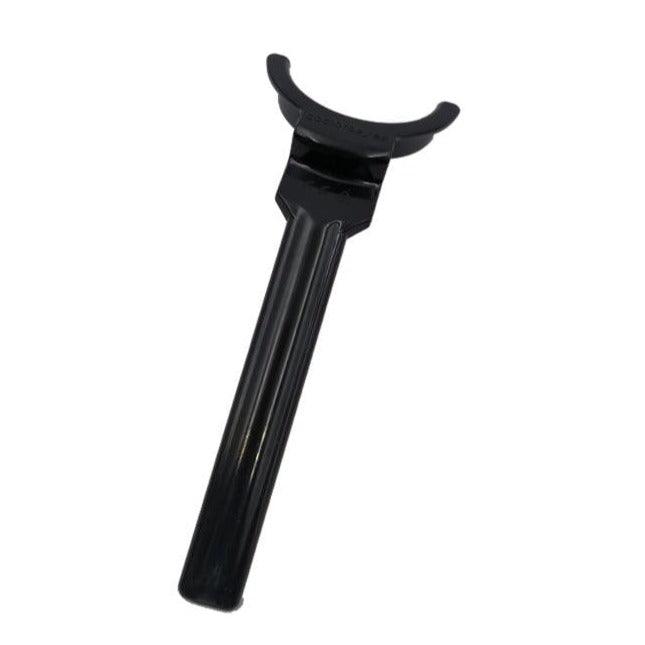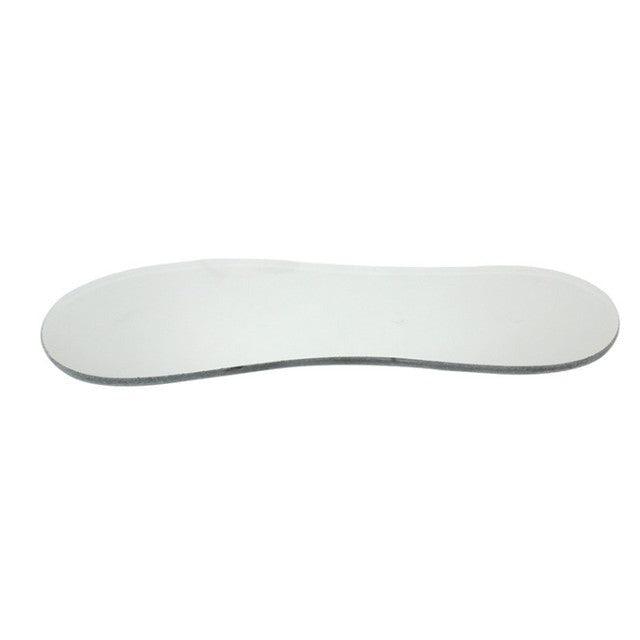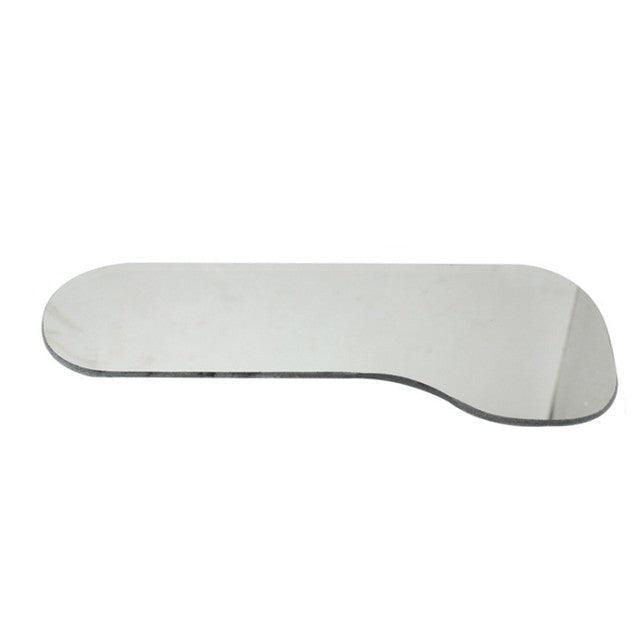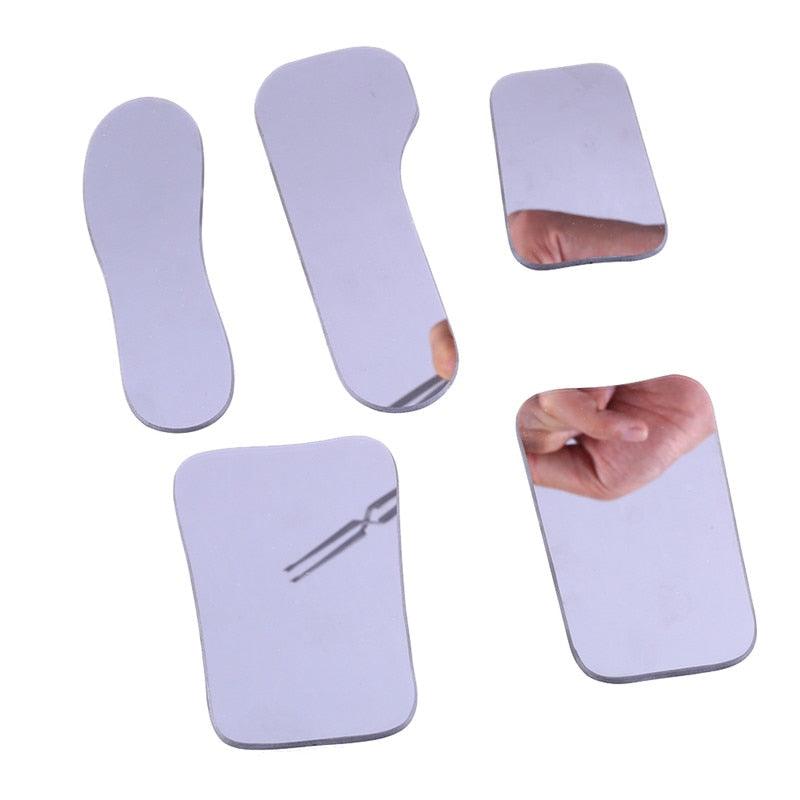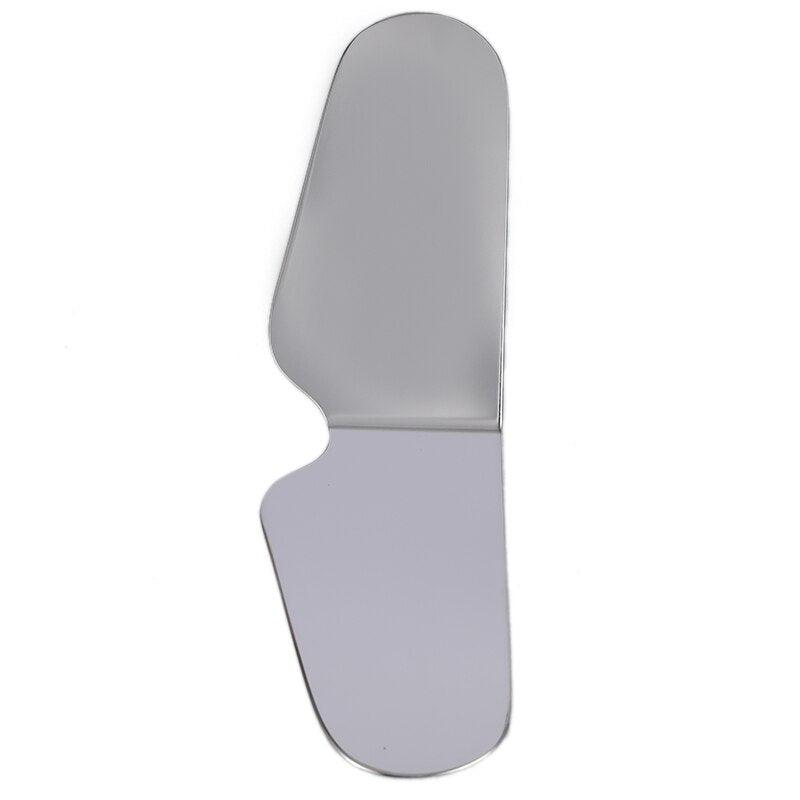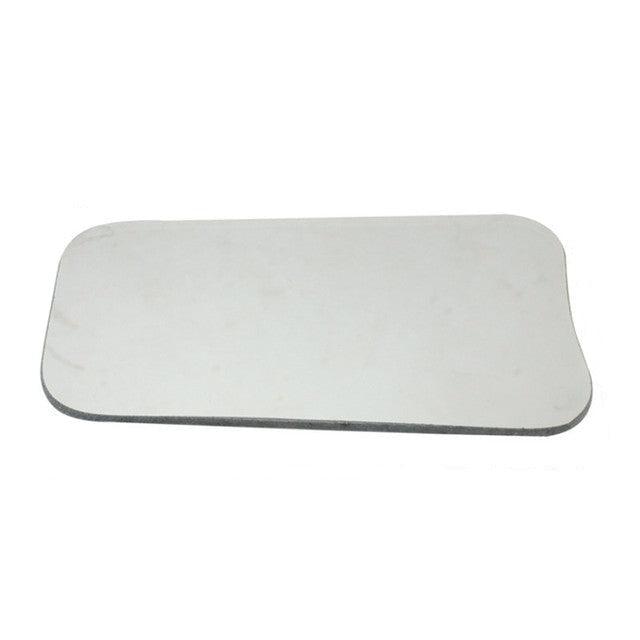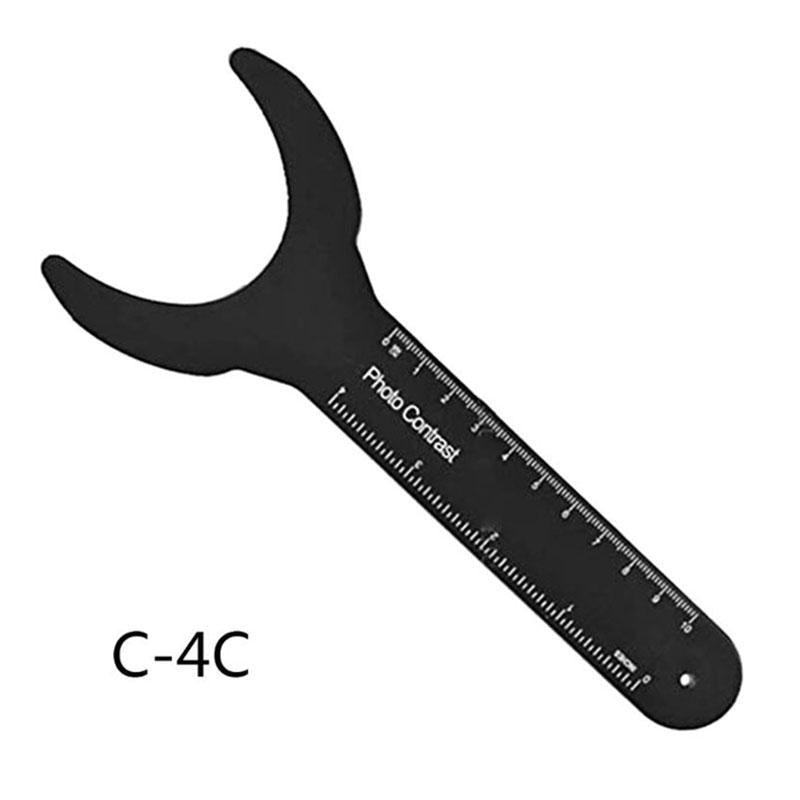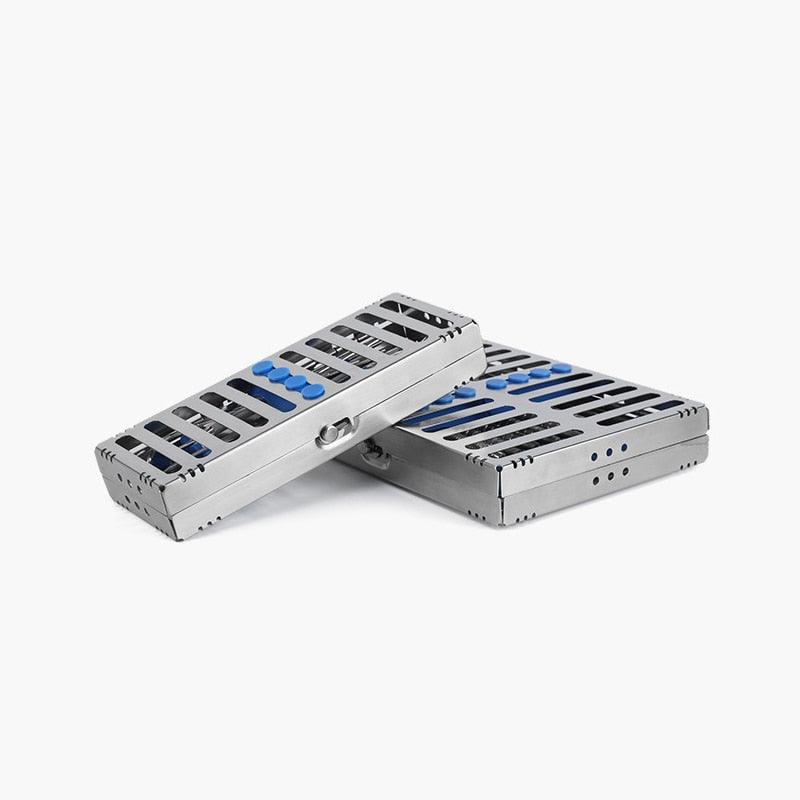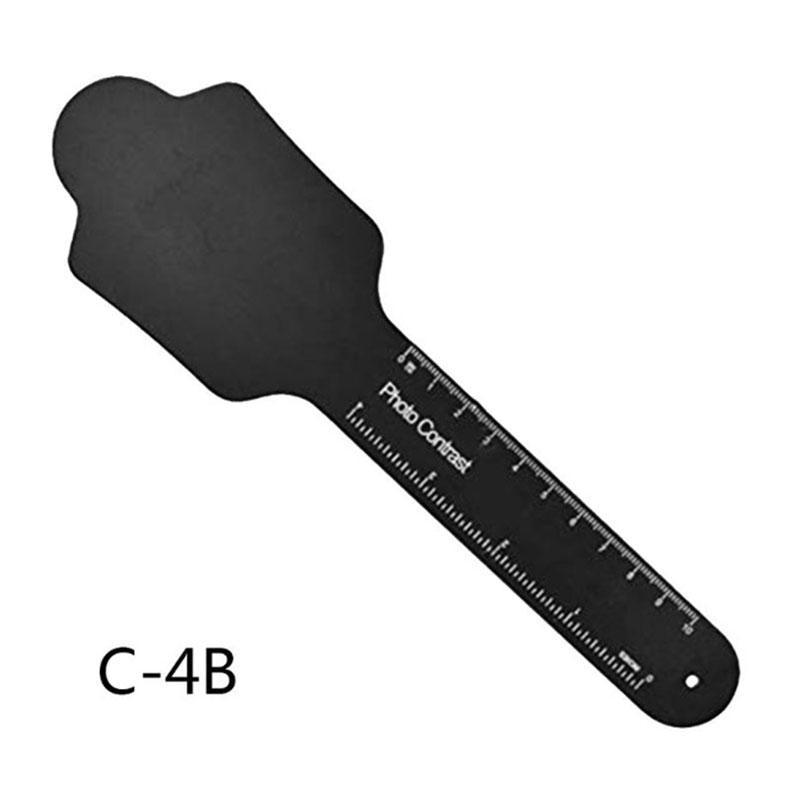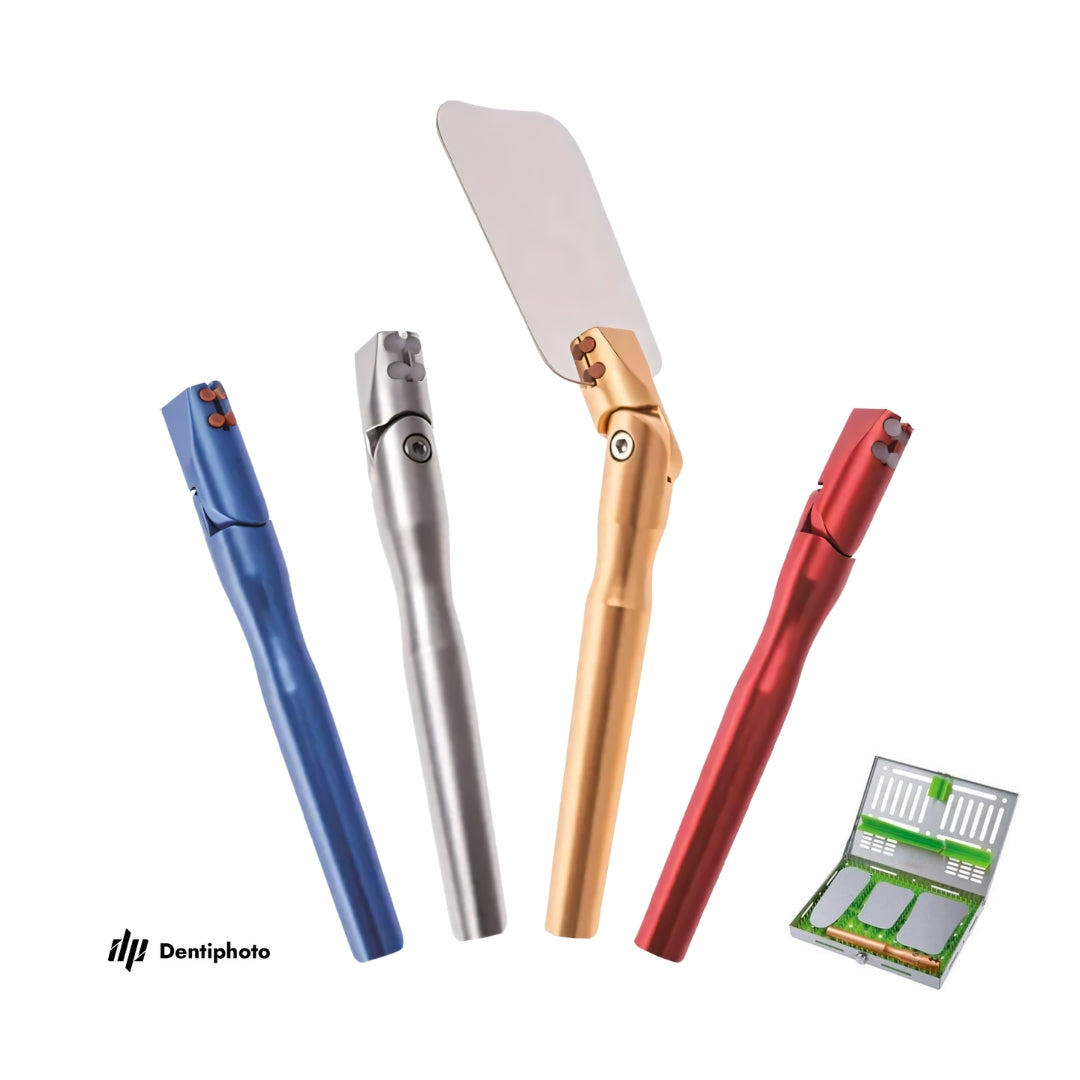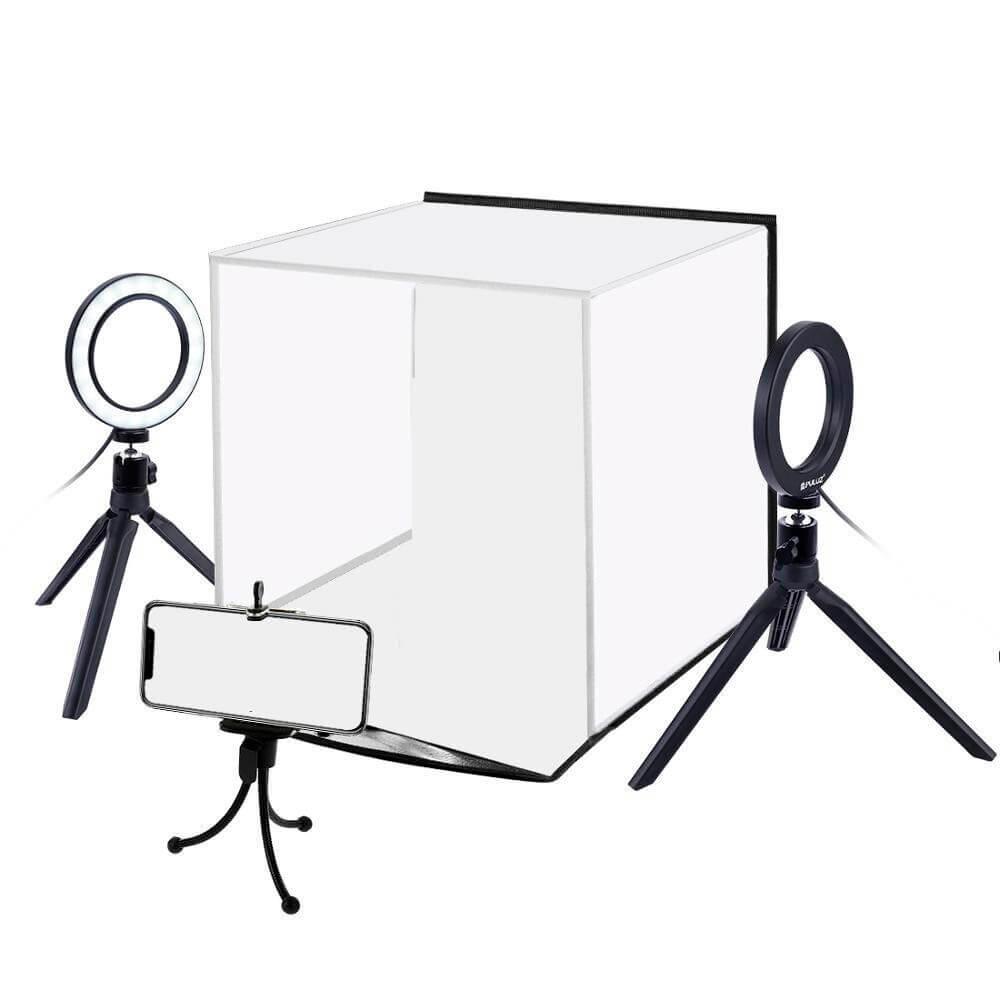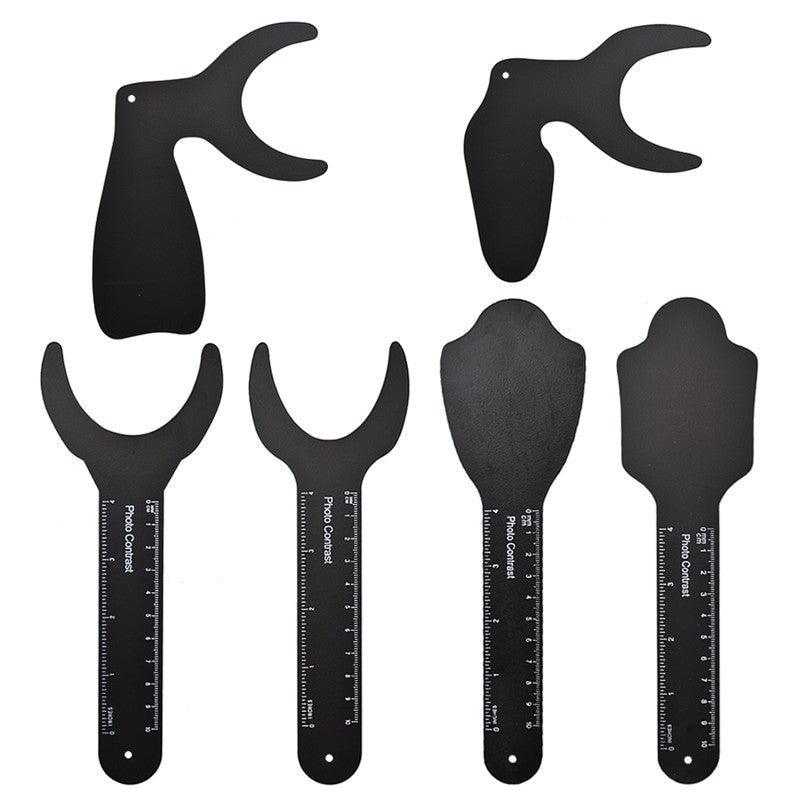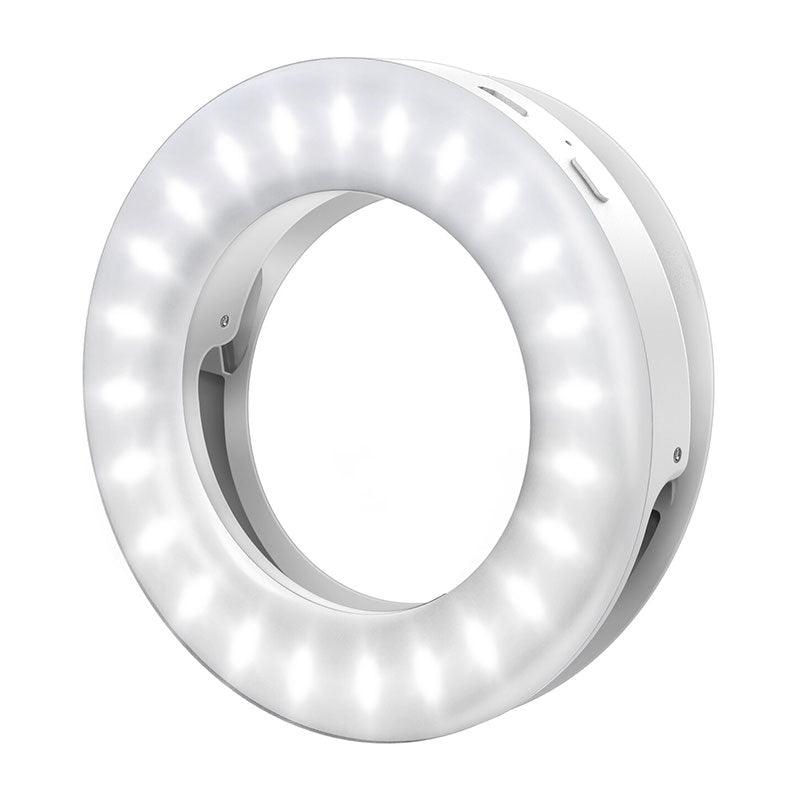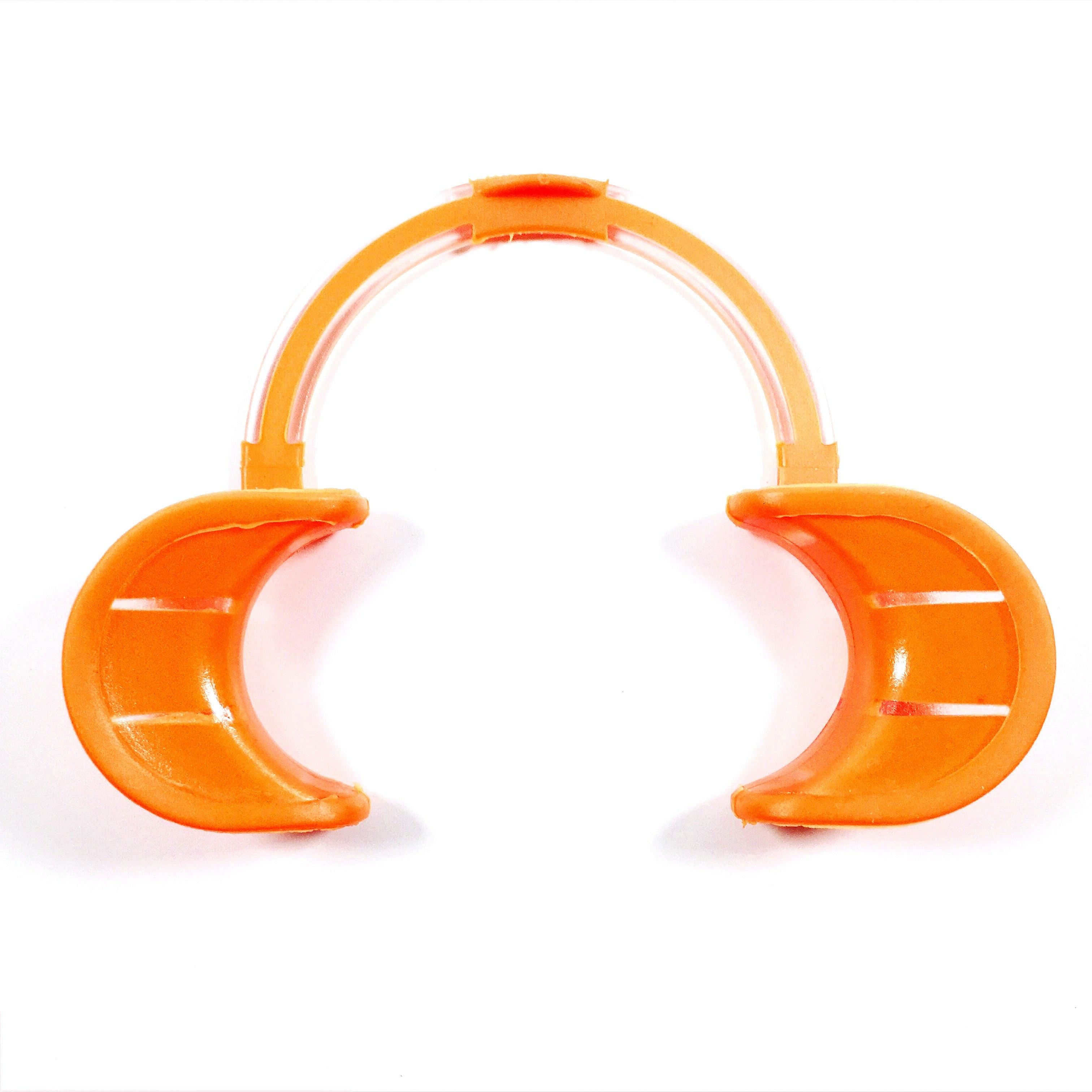Intraorale Spiegel sind unverzichtbare Werkzeuge in der Dentalfotografie und ermöglichen die Aufnahme detaillierter Bilder von Zähnen, Weichgewebe und Restaurationen. Diese Spiegel sind jedoch empfindliche Instrumente, die sorgfältiger Pflege und Sterilisation bedürfen. Andernfalls können sie mit der Zeit verkratzen, beschlagen oder sich abnutzen, was sowohl die Hygiene als auch die Bildqualität beeinträchtigt. In diesem Leitfaden erfahren Sie, wie Sie Ihre Spiegel richtig reinigen und sterilisieren und sie so länger in Topzustand halten.

Warum eine ordnungsgemäße Sterilisation wichtig ist
Schritt-für-Schritt-Anleitung zum Reinigen und Sterilisieren von Dentalfotografiespiegeln
- Verwenden Sie nur destilliertes Wasser – Reinigen Sie Ihre Spiegel immer mit destilliertem Wasser. Leitungswasser kann Mineralflecken und Wasserflecken hinterlassen, die die reflektierende Oberfläche dauerhaft beschädigen.
- Sanfte Reinigung – Waschen Sie den Spiegel mit milder Handseife. Fettige Rückstände (z. B. Lippenstift) entfernen Sie mit Alkohol. Verwenden Sie niemals Scheuerschwämme, Bürsten oder Ultraschallreiniger.
- Vor dem Sterilisieren vollständig trocknen – Tupfen Sie den Spiegel vorsichtig mit einem weichen Tuch trocken und lassen Sie ihn anschließend vollständig an der Luft trocknen. Legen Sie keine nassen Spiegel in den Autoklaven, da Feuchtigkeit nach der Sterilisation irreversible Spuren hinterlassen kann.
- Vor der Sterilisation einwickeln – Zum Schutz Ihres Spiegels wickeln Sie ihn in ein Mikrofasertuch oder Papiertuch ein (verwenden Sie Papiertücher nicht zum Abwischen, sondern nur zum Einwickeln). Legen Sie ihn in einen versiegelten Sterilisationsbeutel.
- Autoklav-Einstellungen – Sterilisieren Sie 5 Minuten lang bei 134 °C (273 °F). Diese Einstellung bewahrt die Integrität von Glas und Beschichtung und gewährleistet gleichzeitig eine ordnungsgemäße Sterilisation.
- Vermeiden Sie aggressive Chemikalien – Verwenden Sie keine chemischen oder kalten Sterilisationslösungen wie Bleichmittel. Diese können Streifen hinterlassen oder die Beschichtung dauerhaft beschädigen.
- Vorsichtig handhaben – Spiegel nicht stapeln oder mit anderen Instrumenten in Berührung kommen lassen. Lagern Sie sie immer einzeln oder verwenden Sie spezielle Sterilisationskassetten, um Kratzer oder Risse zu vermeiden.
Wann muss ein Spiegel ausgetauscht werden?
Wenn der Spiegel abgesplitterte Kanten oder tiefe Kratzer aufweist oder kein klares Spiegelbild mehr liefert, muss er sofort entsorgt werden, um Risiken bei der Verwendung zu vermeiden und die fotografische Qualität zu erhalten.
Profi-Tipps zur Verlängerung der Spiegellebensdauer
- Verwenden Sie Sterilisationskassetten oder Spiegelaufbewahrungsboxen, um Spiegel während der Sterilisation und des Transports zu schützen. Dies minimiert Schäden und verbessert die Organisation während der Behandlung.
- Um ein Beschlagen beim Fotografieren zu vermeiden, wärmen Sie den Spiegel vor Gebrauch in warmem Wasser vor oder verwenden Sie ein Antibeschlagspray.
- Wischen Sie Spiegel niemals mit strukturierten Papiertüchern ab. Dies kann Flecken oder Kratzer hinterlassen.
Abschluss
Die ordnungsgemäße Sterilisation und Lagerung von Intraoralspiegeln ist für hochwertige Zahnfotos und die Patientensicherheit unerlässlich. Mit der richtigen Pflege bleiben Ihre Spiegel klar, professionell und langlebig.
Suchen Sie hochwertige Spiegel, Antibeschlaggriffe oder komplette Spiegelsets mit Wechselköpfen und Sterilisationskassetten? Auf dentiphoto.com finden Sie alles.
In unserem Shop finden Sie hochwertige Dentalspiegel-Sets mit Antibeschlag-Ventilator und integrierter Beleuchtung – perfekt für die Aufnahme erstklassiger klinischer Fotos. Außerdem bieten wir die neue Edition 2025 unserer hochwertigen mobilen TwinLight-Beleuchtungssets an, die jetzt ein komplettes Set mit Antibeschlagspiegeln enthält. Profitieren Sie von unseren Sonderpreisen und kostenlosem weltweiten Versand!

